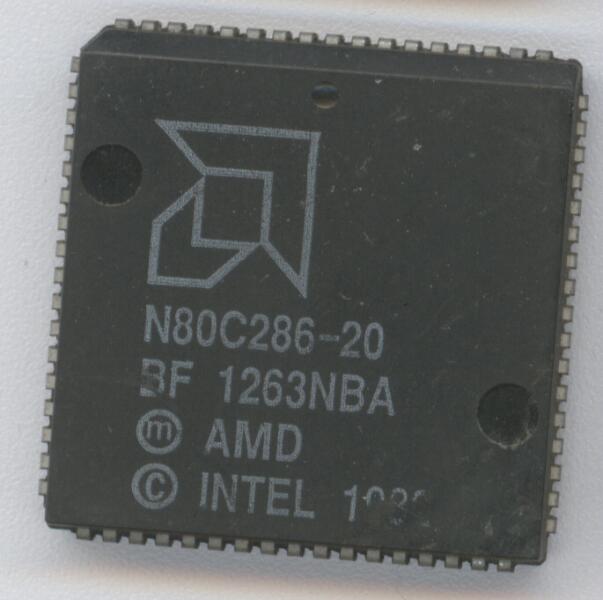Captain Midnight
Experienced Member
- Joined
- Mar 2, 2010
- Messages
- 52
Yeah, I can't really think of any really "awesome" 386 machines because that time frame was very dominated by clone PCs, as already stated. That said, I wholeheartedly agree with using a 386DX-40 w/ say 128K on board cache and 8 MB of RAM, more if the board will support it, but being a 386, I figure you're looking mostly at DOS and maybe Windows 3.11 apps, for which that config should work fine.
The Compaq suggestion is good. Heck, maybe you can find a System Pro and get really lucky (i.e. first EISA-based PC, but has slots to asymmeterially process two 386s if you run SCO or NT 3.1); I also seem to remember Northgate Computers making boatloads of 386 and early 486 clones during that time frame as well, but the 40s came late in the 386 line (1991 I believe because of the AMD vs. Intel lawsuit), so if you go with that, a "clone" board is probably all you will get.
The Compaq suggestion is good. Heck, maybe you can find a System Pro and get really lucky (i.e. first EISA-based PC, but has slots to asymmeterially process two 386s if you run SCO or NT 3.1); I also seem to remember Northgate Computers making boatloads of 386 and early 486 clones during that time frame as well, but the 40s came late in the 386 line (1991 I believe because of the AMD vs. Intel lawsuit), so if you go with that, a "clone" board is probably all you will get.

